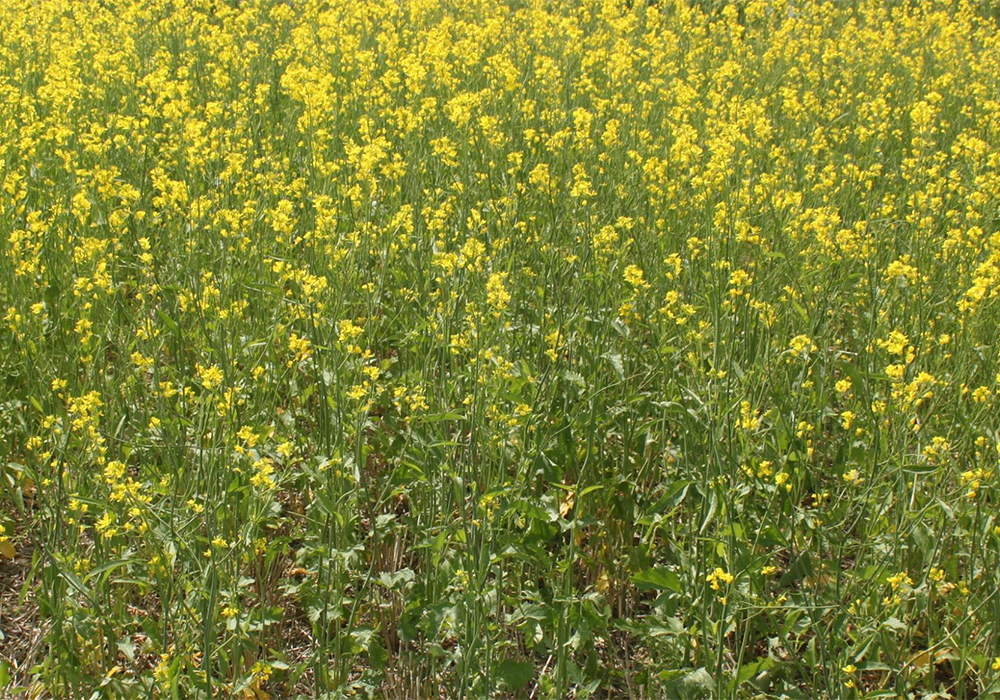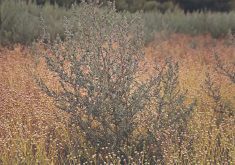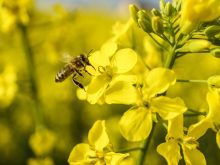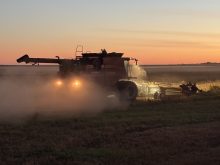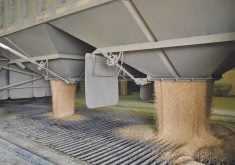Despite a world filled with uncertainty, the year ahead has some cropping options on which you can practically guarantee a profit.
My cropping plan includes kabuli chickpeas, large green lentils, maple peas, canaryseed and brown mustard. The no-lose proposition for me is brown mustard. For other producers, canola or some other crop might be the winner.
No-lose means that no matter what happens with the price and no matter what happens with crop yields and no matter where the price of fertilizer goes, the risks have been covered and the crop is assured of generating a handsome return.
Read Also

High prices see cow-calf producers rushing to incorporate
Farm accountants are reporting a steady stream of cow-calf producers rushing to get their operations incorporated ahead of selling their calves this fall.
An important key is the new crop contract price, which for brown mustard is in the 65 to 70 cent a pound range for the first 400 to 500 pounds per acre of production. These are production contracts with an act of God clause, so you don’t have contract risk in the case of a crop failure.
Deferred delivery contracts for canola do not come with an act of God clause, but through the use of options or option-related contracts, you can guarantee a minimum price at a set cost and not have any contract buy-out risk.
What if there is a crop failure and you have little or no production to sell? That’s where crop insurance comes into the equation.
Crop insurance details for 2022 won’t be announced for some time, but yield coverage won’t be affected by the poor crop of 2021. There’s a one-year lag.
Insured crop prices are hard to predict. The Market Analysis Group of Agriculture Canada sometimes comes up with wonky numbers. However, Saskatchewan Crop Insurance has a contract price option that can provide more price certainty.
In my case, I have brown mustard contracted at 70 cents per lb. on the first 400 lb. per acre of production. Under the contract price option, that locked-in price is factored into the determination of the insured price.
My average yield for brown mustard is about 875 lb. per acre. With 80 percent yield coverage, that’s a yield guarantee of roughly 700 lb. Under the contract price option, the 70-cent contract price on 400 lb. is blended with the crop insurance base price on 300 lb.
While, the overall insured price might be lower than 70 cents, it should still be pretty good, providing strong coverage in the event of a yield shortfall.
The contract price option is available for a range of crops including canola, durum, lentils, canaryseed and peas. Much to my chagrin, it hasn’t been available for kabuli chickpeas. It would be great to see that change for 2022, since the crop insurance price for chickpeas is often unrealistically low.
Another wildcard in the equation is input costs. Much of my fertilizer was bought at a pretty good price back in October while some was bought more recently at very high prices. But it’s all purchased and so is the seed, so the input costs are known.
Compared to the other crops in my rotation, brown mustard shows by far the best return. It’s the only crop contracted to date and I’d be growing more of it if it wasn’t for rotational considerations.
It’s one of the rare times when the lion’s share of risk can be averted with a profit pretty much guaranteed. Everyone has a different risk tolerance, but I like to take some risk off the table when good opportunities arise.
Kevin Hursh is an agricultural journalist, consultant and farmer. He can be reached by e-mail at kevin@hursh.ca.


